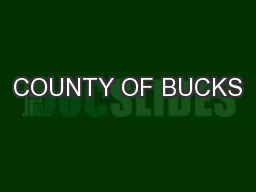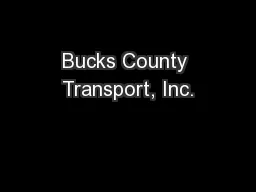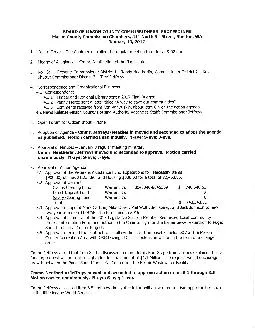PPT-The mission of the Bucks County Workforce Investment Board
Author : pamella-moone | Published Date : 2017-01-31
Enable youth to become employable citizens Bucks County Youth Council Purpose amp Mission Why do we need Youth Councils Workforce Investment Act of 1998 State of
Presentation Embed Code
Download Presentation
Download Presentation The PPT/PDF document "The mission of the Bucks County Workforc..." is the property of its rightful owner. Permission is granted to download and print the materials on this website for personal, non-commercial use only, and to display it on your personal computer provided you do not modify the materials and that you retain all copyright notices contained in the materials. By downloading content from our website, you accept the terms of this agreement.
The mission of the Bucks County Workforce Investment Board: Transcript
Download Rules Of Document
"The mission of the Bucks County Workforce Investment Board"The content belongs to its owner. You may download and print it for personal use, without modification, and keep all copyright notices. By downloading, you agree to these terms.
Related Documents














